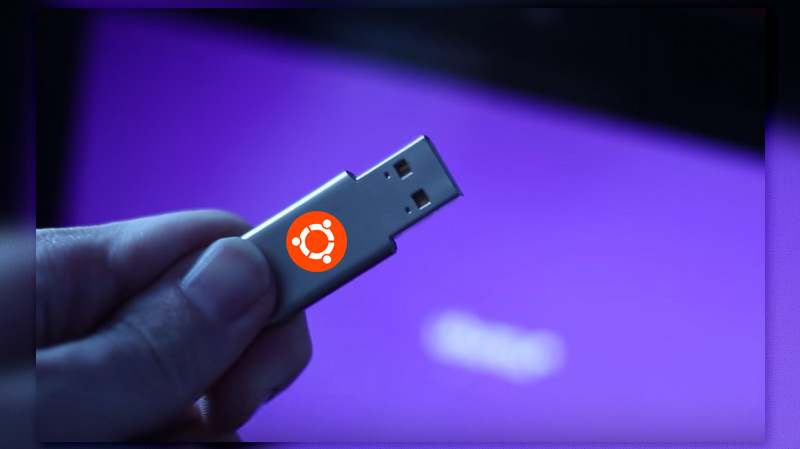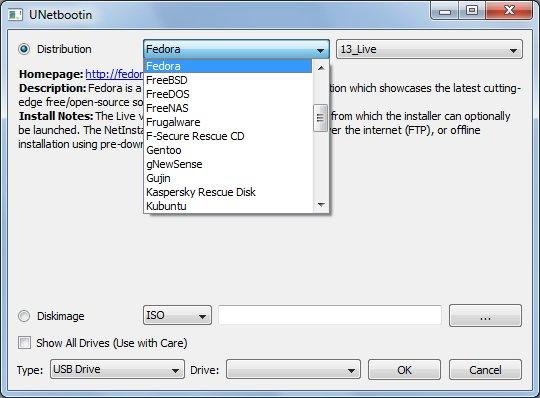
- #Make a bootable ubuntu usb for mac how to
- #Make a bootable ubuntu usb for mac for mac
- #Make a bootable ubuntu usb for mac install
- #Make a bootable ubuntu usb for mac full
- #Make a bootable ubuntu usb for mac portable
But make sure to double check the formatting, especially for underscores, and dashes.
#Make a bootable ubuntu usb for mac for mac
Ubuntu has been installed on your SSD, but you won’t be able to boot into it since there’s no EFI boot loader, needed for Mac firmware to recognize the OS as bootable. When it is finished, choose “continue testing”, as we have a few more things to do.Go through the rest of the installation.Choose this device for boot loader installation: select the device that corresponds to the ext4 partition.Click change… and apply these options (there should be a better way to do this, but this works):.Your best confirmation is to look at the size of the disk. Find the ext4 formatted partition you just created in GParted.Double click “Install Ubuntu” in upper left corner on the desktop.Connect to WiFi (this saves time later, but is optional).Make a note of the ext4 partition name, e.g.Apply the new partitions by clicking the green check.New size: default (unless you want yet another partition).Add another new partition with the following options:.New Size: 8192 MiB (this should match your RAM, e.g.Add a new partition (click Partition > new).Click the green check box to apply the operations. The delete operations are now queued, but have not been applied.Mine had two partitions to delete: a fat32 system with label EFI, and a hfs+ system with label EmptyDrive. Delete all the partitions EXCEPT the hfs+ Ubuntu Boot Loader partition.Make sure the size of the drive makes sense. select /dev/sdd, or whatever the appropriate letter is for you). In GParted, find your external SSD drive in the upper right box (e.g.


#Make a bootable ubuntu usb for mac install
Part 2: Install Ubuntu on the external SSD Start up an Ubuntu live session
#Make a bootable ubuntu usb for mac full
It is more appropriate for a full install of an operating system than a flash drive is.

So it should be more reliable (and faster) than a generic USB Flash drive. Why this drive? According to the specs it is FAST, and it is a SSD, not a standard USB Flash drive.
#Make a bootable ubuntu usb for mac portable

#Make a bootable ubuntu usb for mac how to
This guide will show you, step by step, how to install a full version of bootable Ubuntu on a SSD (solid state drive, or any other external drive), using only your Macbook. I am not an expert, and likely cannot solve any issues you encounter. Warning: This is a complicated process, and you might screw things up.


 0 kommentar(er)
0 kommentar(er)
